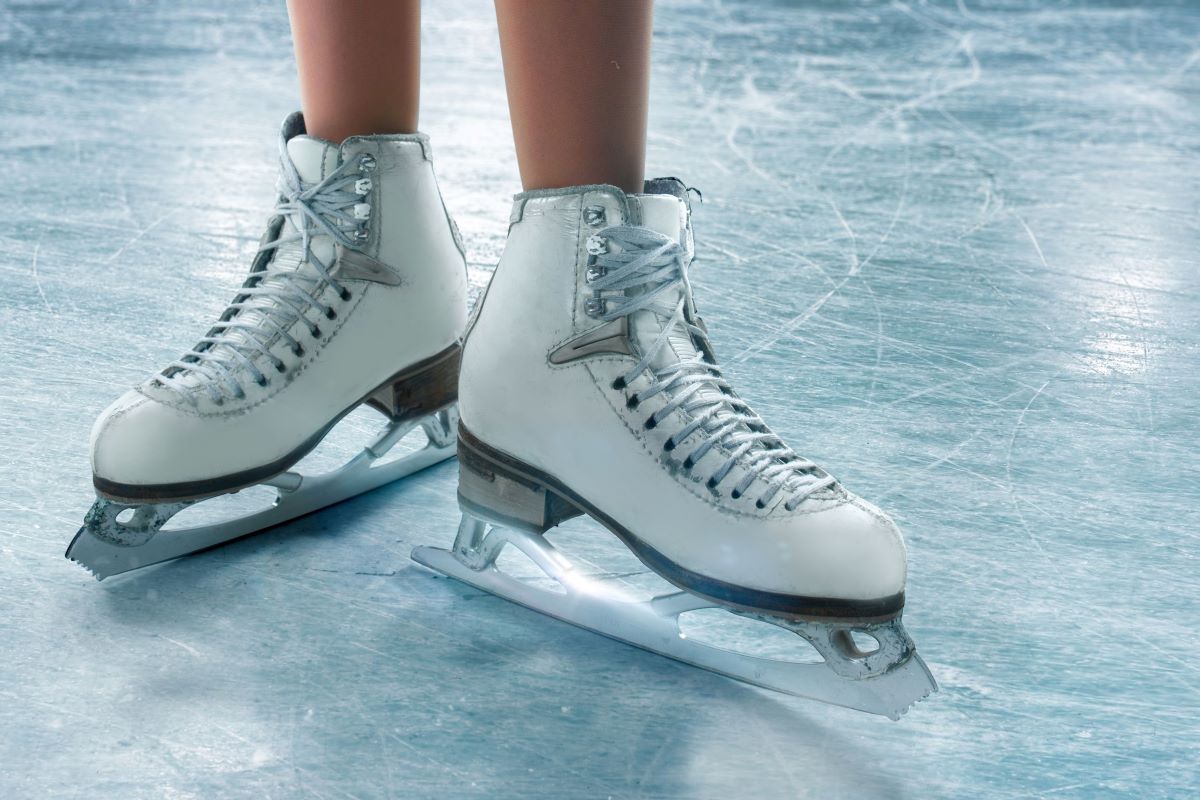

Articles
How To Store Ice Skates
Modified: December 7, 2023
Discover the best ways to store your ice skates with our helpful articles. Keep your skates in top condition all year round with these storage tips.
(Many of the links in this article redirect to a specific reviewed product. Your purchase of these products through affiliate links helps to generate commission for Storables.com, at no extra cost. Learn more)
Introduction
When it comes to ice skating, having a pair of well-maintained ice skates is crucial for a smooth and enjoyable experience on the ice. However, many people often overlook the importance of proper storage for their ice skates. Storing your ice skates correctly not only helps to extend their lifespan but also ensures that they are always in the best condition for use.
In this article, we will explore the significance of proper ice skate storage and provide you with a step-by-step guide on how to store your ice skates effectively. We will also discuss the importance of cleaning and drying your skates, blade protection, creating the right storage environment, and additional tips for ice skate care.
So, if you’re ready to learn how to keep your ice skates in optimal condition, let’s dive in and discover the best practices for ice skate storage. By following these guidelines, you will not only extend the life of your skates but also help maintain their performance on the ice.
Key Takeaways:
- Proper ice skate storage is crucial for blade protection, boot preservation, and odor prevention. Follow steps for cleaning, drying, and blade protection to ensure optimal performance and longevity.
- Create the right storage environment for your ice skates by considering temperature, humidity, ventilation, and cleanliness. Additional tips include regular inspections, blade sharpening, and mindful handling to maintain skate condition and performance.
Read more: How To Store Roller Skates
Why Proper Storage is Important
Proper storage of your ice skates is essential for maintaining their performance and ensuring their longevity. Here are a few reasons why proper storage is crucial:
1. Protects the blade: The blade of an ice skate is its most delicate and critical component. By storing your skates correctly, you minimize the risk of damage to the blade. Proper storage prevents the blade from dulling, rusting, or becoming chipped due to exposure to moisture or contact with other objects.
2. Preserves the boot: The boot of an ice skate is made of various materials, including leather, synthetic materials, and padding. These materials can deteriorate if not stored properly. By storing your skates in the right way, you can prevent the boot from drying out, cracking, or losing its shape over time.
3. Maintains blade alignment: Proper storage helps to maintain the alignment of the blades. If the blades become misaligned, it can affect your stability and performance on the ice. By storing your skates correctly, you minimize the risk of the blades shifting or warping, ensuring that they remain straight and in the best condition for optimal performance.
4. Prevents odors and bacteria growth: Moisture from your feet can accumulate in the skate boot if not properly dried after use. This moisture can lead to the growth of bacteria, causing unpleasant odors and potential health issues. By storing your skates in a way that allows them to dry thoroughly, you can minimize the risk of odors and bacterial growth.
5. Saves money: Properly stored ice skates have a longer lifespan, meaning you won’t have to spend money on frequent repairs or replacements. By taking the time to store your skates correctly, you can maximize their durability and save money in the long run.
By understanding the importance of proper storage, you can ensure that your ice skates stay in optimal condition and provide you with the best performance on the ice. Now let’s explore the steps to store your ice skates effectively.
Steps to Store Ice Skates
Properly storing your ice skates is a simple process that involves a few essential steps. Follow these steps to ensure that your skates are stored correctly and are ready for use whenever you need them:
1. Clean the Ice Skates: Before storing your ice skates, it’s important to clean them thoroughly. Use a soft cloth or sponge dampened with warm water to wipe away any dirt or debris on the boot and blade. Make sure to pay attention to the areas around the laces and the blade edges. Avoid using harsh chemicals or abrasive materials that can damage the skate surfaces.
2. Dry the Ice Skates: After cleaning, it’s crucial to dry your ice skates properly to prevent moisture buildup. Wipe the skates with a clean, dry cloth to remove any excess water. Then, open the skate tongues and loosen the laces to allow air circulation inside the boots. Place the skates in a well-ventilated area and let them air dry completely. Avoid using direct heat sources like heaters or hair dryers, as they can damage the skate materials.
3. Blade Protection: Protecting the blades is essential to prevent rusting and damage. To protect the skate blades, you can use blade guards or covers. Blade guards are typically made of plastic or rubber and slide over the blades. They provide a protective barrier, ensuring that the blades stay sharp and free from moisture. Ensure that the blade guards fit securely and tightly on the blades.
4. Store in a Dry Place: Choose a cool and dry location to store your ice skates. Avoid storing them in areas with high humidity or extreme temperatures, as these conditions can accelerate wear and tear. A skate bag or a dedicated skate storage container can help protect the skates from dust and debris and prevent accidental damage. Make sure that the storage area allows for proper air circulation to prevent condensation and moisture buildup.
5. Vertical or Flat Storage: When storing your ice skates, you have two options – vertical or flat storage. Vertical storage involves hanging the skates by their blade guards on a skate rack or hook. This method helps to maintain the shape of the boot and prevent bending or warping. Alternatively, you can also lay the skates flat on a clean and dry surface. Whichever method you choose, make sure that the skates are secure and won’t fall or get damaged.
By following these steps, you can ensure proper storage for your ice skates, keeping them in excellent condition and ready for your next skating adventure. However, proper storage is just one aspect of ice skate care. It’s essential to clean and maintain your skates regularly to prolong their lifespan. Let’s explore cleaning and drying your ice skates in the next section.
Cleaning the Ice Skates
Properly cleaning your ice skates is an important part of their maintenance routine. Regular cleaning helps to remove dirt, debris, and moisture, keeping your skates in optimal condition. Here’s a step-by-step guide on how to clean your ice skates effectively:
1. Remove the Laces: Start by removing the laces from your ice skates. This will make it easier to clean all areas of the boot.
2. Wipe the Boot: Use a soft cloth or sponge dampened with warm water to wipe down the boot of each skate. Pay attention to areas that may be more prone to dirt accumulation, such as the toe box and heel. For stubborn stains or marks, you can use a mild soap or leather cleaner specifically designed for ice skates. Avoid using harsh chemicals that can damage the boot material.
3. Clean the Blade: Carefully wipe down the blade of each skate using a soft cloth or towel. Make sure to remove any moisture, dirt, or ice that may have accumulated on the blade. Be cautious while cleaning the blade edges to avoid accidental cuts or injuries. If there is significant debris or ice buildup, you can use a specialized blade brush to clean it off gently.
4. Dry the Skates: After cleaning, it’s essential to dry your skates thoroughly to prevent moisture buildup. Use a clean, dry cloth to wipe away any excess water from the boot and blade. Open the skate tongues and loosen the laces to allow air circulation inside the boot. Place the skates in a well-ventilated area and let them air dry completely. Avoid using direct heat sources, as they can damage the skate materials.
5. Inspect for Damage: While cleaning your skates, take the opportunity to inspect for any signs of damage or wear. Check the boot for any loose stitching, cracks, or tears. Examine the blade for nicks, chips, or signs of dullness. If you notice any damage, it’s best to have your skates repaired or serviced by a professional to prevent further issues.
By regularly cleaning your ice skates, you can maintain their appearance, remove dirt and moisture, and prolong their lifespan. Additionally, it’s important to properly dry your skates after each use to prevent bacterial growth and odors. In the next section, we will discuss the importance of drying your ice skates and how to do it effectively.
Drying the Ice Skates
Properly drying your ice skates is crucial for maintaining their condition and preventing moisture-related issues. Here’s a step-by-step guide on how to dry your ice skates effectively:
1. Remove Excess Moisture: After use, wipe down the boot and blade of each ice skate with a clean, dry cloth to remove any excess moisture. Pay attention to areas that may have accumulated more moisture, such as the inside of the boot and around the blade edges.
2. Open the Skate Tongues: Open the skate tongues wide to allow air circulation inside the boots. This helps to facilitate faster drying and prevents the growth of bacteria that thrive in moist environments.
3. Loosen the Laces: Loosen the laces of the skates to ensure that air can flow freely throughout the boot. This also helps to prevent the laces from becoming damp or degraded due to moisture.
4. Use a Skate Drying Rack: Invest in a dedicated skate drying rack or use a similar setup to allow your skates to dry without touching any surfaces. This prevents moisture transfer from the blades to the boot and helps to maintain the shape of the boot. Place the skates upside down on the rack, ensuring that the blades are elevated and not touching anything.
5. Utilize Absorbent Materials: Place absorbent materials like newspaper or microfiber towels inside the boots to help wick away excess moisture. These materials will absorb the moisture inside the boot and aid in the drying process. Make sure to replace them regularly if they become saturated.
6. Maintain Proper Air Circulation: Choose a well-ventilated area to dry your skates. Avoid confined spaces or areas with high humidity, as these can hinder the drying process and promote the growth of mold or mildew. If possible, place the skates near a fan or in an area with good airflow.
7. Allow Sufficient Drying Time: Depending on the level of moisture in your skates, it may take several hours or overnight for them to dry completely. Allow sufficient drying time before storing or using your skates again. Avoid rushing the drying process by using direct heat sources, as this can damage the skate materials.
By following these steps, you can effectively dry your ice skates after each use, preventing moisture-related issues and ensuring that they are in optimal condition for your next skating session. Additionally, proper drying helps to maintain the integrity of the skate materials, prolonging the lifespan of your skates. In the next section, we will discuss blade protection for your ice skates.
After using your ice skates, make sure to dry them thoroughly with a towel to prevent rusting. Store them in a cool, dry place with the blades protected by guards to maintain their sharpness.
Read more: How To Store Ice
Blade Protection
Protecting the blades of your ice skates is essential to prevent rusting, dulling, and damage. Here are some key measures you can take to ensure proper blade protection:
1. Blade Guards: Blade guards are essential accessories that provide protection for the skate blades when they are not in use. These guards are typically made of plastic or rubber and are designed to fit snugly over the blades. Blade guards help prevent the blades from coming into contact with hard surfaces, reducing the risk of damage or dulling. They also help to keep the blade edges sharp and free from moisture. Always remember to dry your blades thoroughly before placing the guards on.
2. Towel Drying: After cleaning and drying the blades, ensure that they are completely dry before storing your skates. Use a clean, dry towel to gently pat the blades dry, removing any remaining moisture. Keep in mind that any moisture left on the blades can lead to rust formation.
3. Blade Covers: In addition to using blade guards, you can also use blade covers for additional protection. Blade covers are typically made of fabric or soft materials that encase the blades and provide an extra layer of protection. Blade covers help prevent scratches, accidental cuts, and exposure to moisture when carrying or storing your skates.
4. Avoid Walking on Rough Surfaces: Walking on rough or abrasive surfaces can damage the blade edges. While it’s tempting to keep your skates on when walking off the ice, it’s best to remove them and put on protective guards or covers. This minimizes the risk of accidental damage to the blades.
5. Regular Sharpening: Keeping your blades properly sharpened is also a form of blade protection. Dull blades can cause instability and affect your performance on the ice. Schedule regular blade sharpening sessions with a professional skate shop to ensure that your blades are in optimal condition.
Remember, proper blade protection is vital for maintaining the performance and longevity of your ice skates. By using blade guards, towel drying, utilizing blade covers, avoiding rough surfaces, and regular blade sharpening, you can protect your blades from damage and ensure optimal performance on the ice. In the next section, we will discuss the importance of maintaining the proper storage environment for your ice skates.
Proper Storage Environment
Creating the right storage environment for your ice skates is crucial for their longevity and performance. Here are some key factors to consider when storing your skates:
1. Temperature: Choose a storage area with a consistent temperature. Extreme temperatures can affect the materials of your skates, causing them to warp, crack, or deteriorate. Avoid storing your skates in areas subject to direct sunlight or near heating or cooling vents. Aim for a cool, dry, and stable environment.
2. Humidity: High humidity can lead to the growth of mold, mildew, and bacteria, which can damage your skates. Avoid storing your skates in damp areas or areas prone to moisture accumulation, such as basements or garages. Consider using a dehumidifier in the storage area to ensure optimal humidity levels.
3. Ventilation: Proper air circulation is crucial for preventing moisture buildup and odors. Ensure that the storage area allows for adequate ventilation. If storing your skates in a bag or container, choose one that allows for airflow. Avoid sealing your skates in airtight bags or containers, as this can trap moisture and lead to unpleasant odors.
4. Clean Storage Area: Before storing your skates, make sure the storage area is clean and free from debris. Dust, dirt, or other particles can settle on your skates and affect their performance. Regularly clean the storage area to maintain a clean and dust-free environment.
5. Elevated Storage: It’s best to store your skates in a way that elevates them off the ground. Using a skate rack, hanging hooks, or a dedicated skate shelf helps to prevent your skates from coming into contact with dirty or wet surfaces. Elevated storage also helps to maintain the shape of the boot and prevent bending or warping.
6. Dedicated Storage: Consider using a dedicated skate bag or storage container for keeping your skates. These specially designed bags or containers provide added protection and organization for your skates. Look for features like ventilation holes, separate compartments for each skate, and pockets for accessories like blade guards.
By ensuring the right storage environment for your ice skates, you can prevent damage, minimize the risk of moisture-related problems, and prolong the life of your skates. Taking these precautions will ensure that your skates are in top condition and ready for your next skating adventure. In the next section, we will provide some additional tips for ice skate care.
Additional Tips for Ice Skate Care
In addition to proper storage, there are some additional tips you can follow to maintain the condition and performance of your ice skates:
1. Avoid Excessive Moisture: Moisture is one of the biggest enemies of ice skates. After each use, make sure to dry your skates thoroughly before storing them. Remove any excess moisture from the boot and blade, and allow them to air dry completely. Avoid leaving your skates in damp or wet environments for long periods.
2. Regular Inspections: Regularly inspect your skates for any signs of damage or wear. Check the boot for loose stitching, cracks, or tears. Examine the blade for nicks, chips, or signs of dullness. If you notice any issues, it’s best to have your skates inspected and repaired by a professional.
3. Blade Sharpening: Keep your skate blades sharp by scheduling regular blade sharpening sessions. Dull blades can affect your stability and performance on the ice. Consult with a professional skate shop to determine the appropriate frequency of sharpening based on your skating frequency and skill level.
4. Avoid Walking on Hard Surfaces: Walking on hard surfaces like concrete or asphalt can damage the blade edges. Try to walk as little as possible in your skates when off the ice. If you need to walk, use protective blade guards or covers to minimize the risk of damage.
5. Store Them Properly: Follow the steps outlined earlier to ensure proper storage for your skates. Clean and dry your skates before storing them, use blade guards or covers, and store them in a cool and dry environment. Proper storage helps to maintain the condition of your skates and extend their lifespan.
6. Use a Skate Bag: Invest in a high-quality skate bag for transporting and storing your skates. A well-designed skate bag will provide added protection and organization for your skates, as well as convenient storage for accessories such as blade guards, extra laces, or a small towel.
7. Be Mindful of Temperature Changes: Avoid exposing your skates to extreme temperature changes. For example, if you’ve been skating outdoors in freezing temperatures, give your skates some time to adjust to room temperature before storing them. Sudden temperature changes can cause materials to contract or expand, potentially leading to damage.
By following these additional tips for ice skate care, you can ensure that your skates stay in excellent condition and provide you with optimal performance on the ice. With proper maintenance and care, your ice skates can serve you well for many seasons of skating enjoyment.
Conclusion
Properly storing and caring for your ice skates is essential for maintaining their performance, longevity, and overall condition. By following the steps outlined in this article, you can ensure that your skates are stored correctly and ready for use whenever you hit the ice.
Start by cleaning your ice skates after each use, removing any dirt or debris. Then, thoroughly dry them to prevent moisture-related issues and bacterial growth. Protect the blades with blade guards or covers to prevent damage and maintain their sharpness. Choose a suitable storage environment that is cool, dry, and well-ventilated to prevent deterioration and mold growth. Additionally, consider investing in a dedicated skate bag or storage container to provide extra protection and organization.
Remember to regularly inspect your skates for any signs of damage or wear, and schedule blade sharpening sessions to maintain optimal performance on the ice. Avoid walking on hard surfaces and be mindful of drastic temperature changes that can affect the materials of your skates.
By following these practices and taking good care of your ice skates, you can maximize their lifespan, save money on repairs or replacements, and enjoy a smooth and enjoyable skating experience.
So, next time you step off the ice, take the time to clean, dry, and store your ice skates properly. Your skates will thank you with better performance, durability, and countless hours of skating enjoyment. Happy skating!
Frequently Asked Questions about How To Store Ice Skates
Was this page helpful?
At Storables.com, we guarantee accurate and reliable information. Our content, validated by Expert Board Contributors, is crafted following stringent Editorial Policies. We're committed to providing you with well-researched, expert-backed insights for all your informational needs.

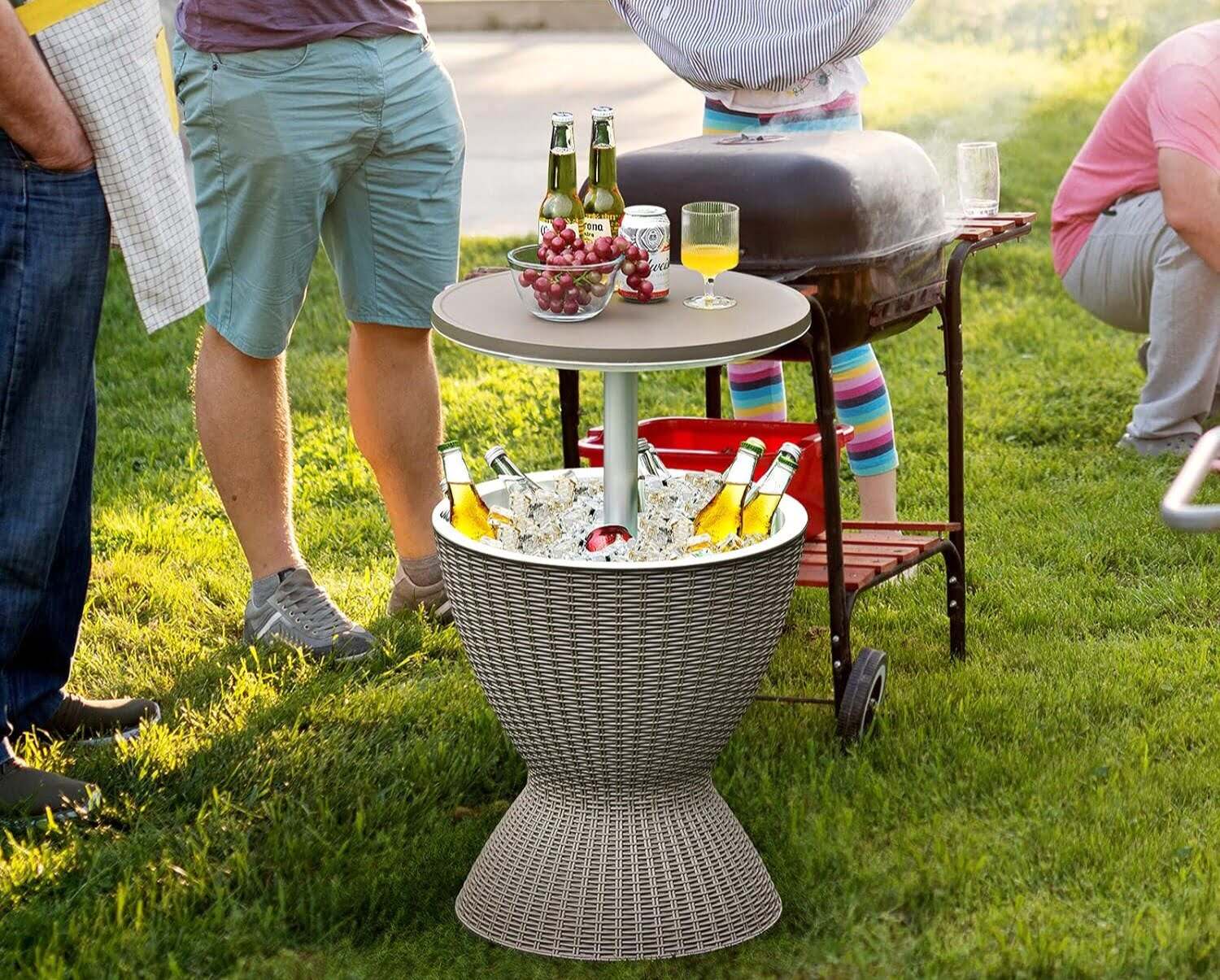

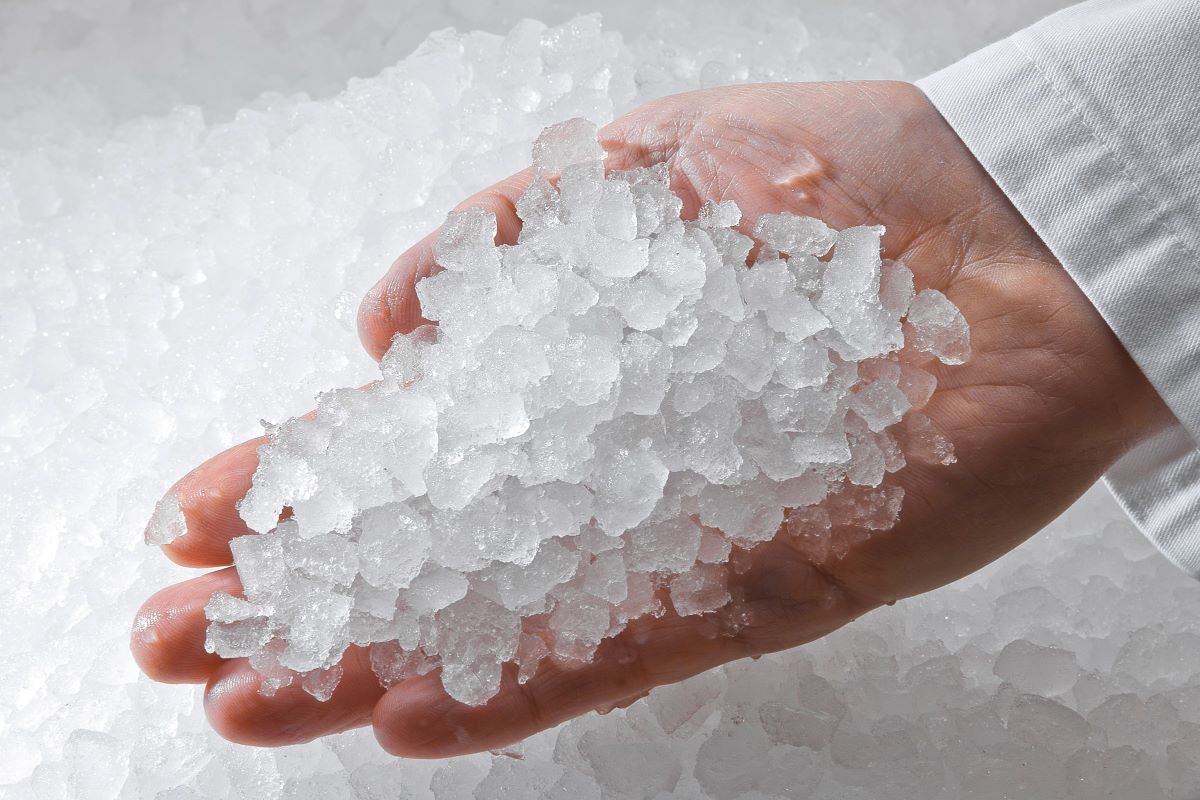
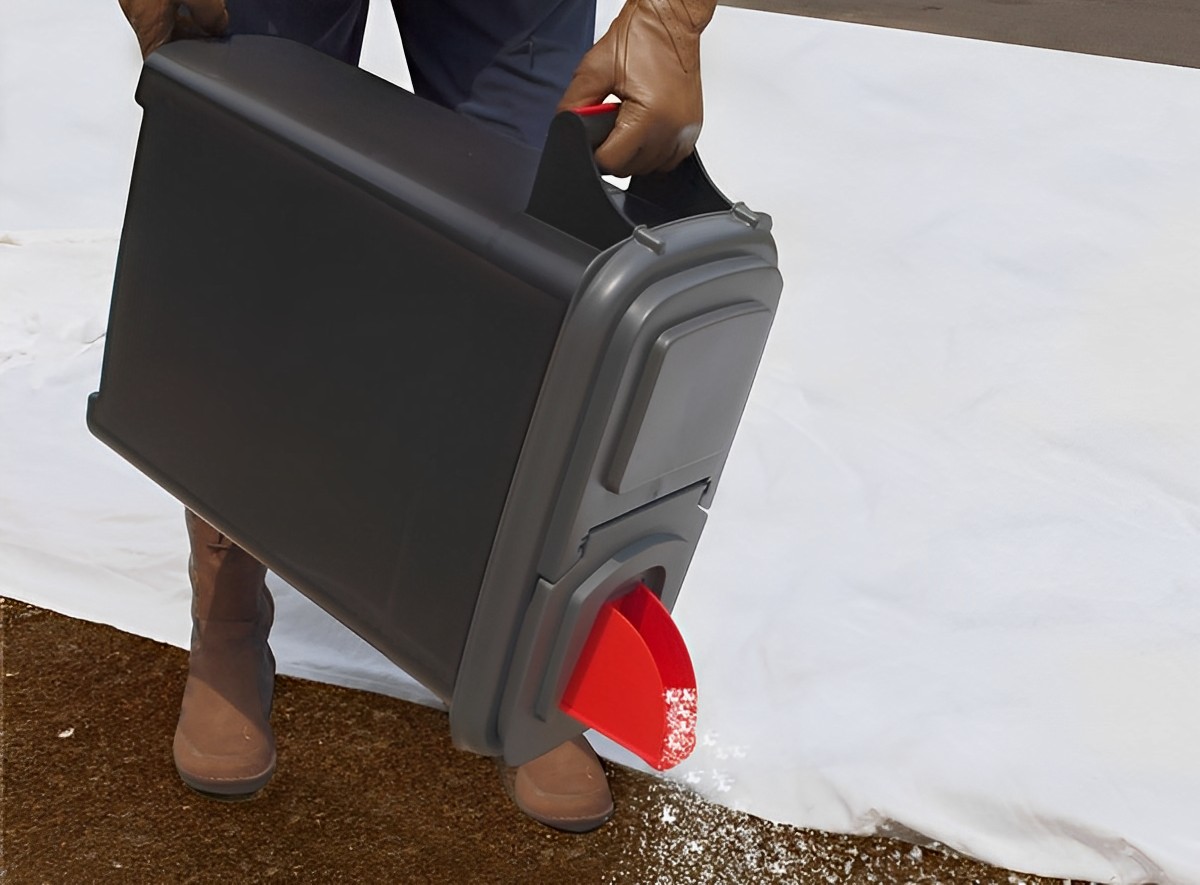


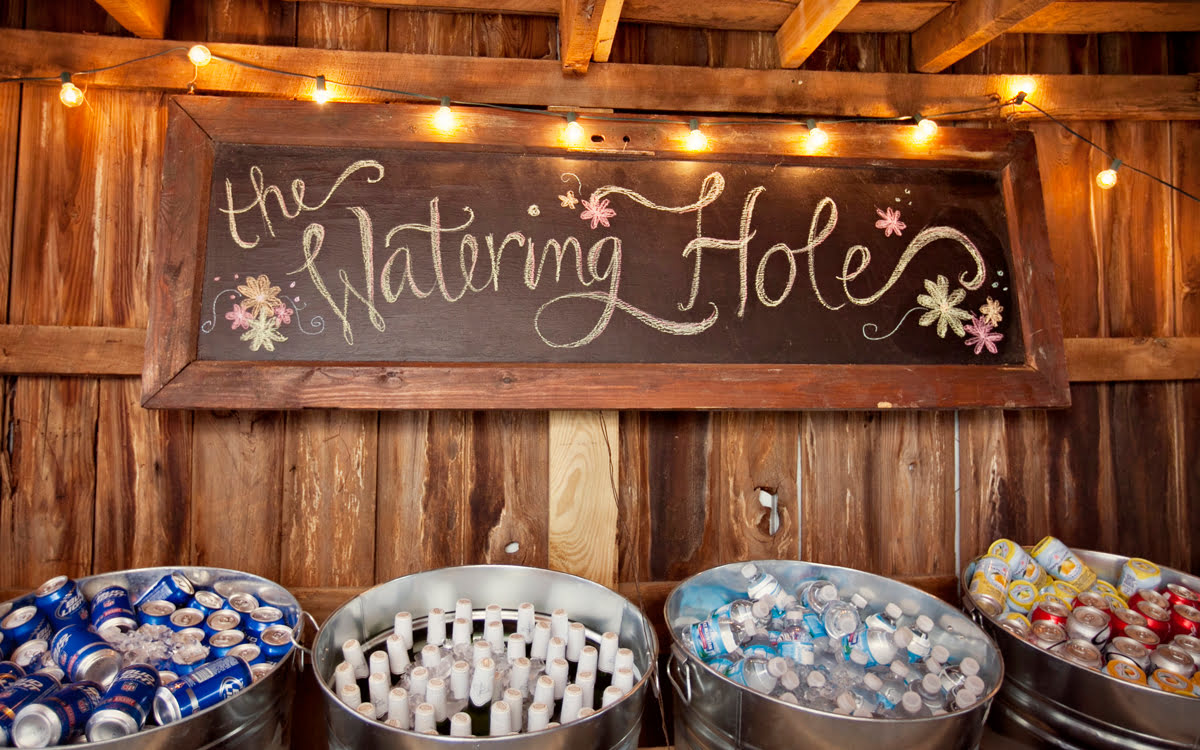

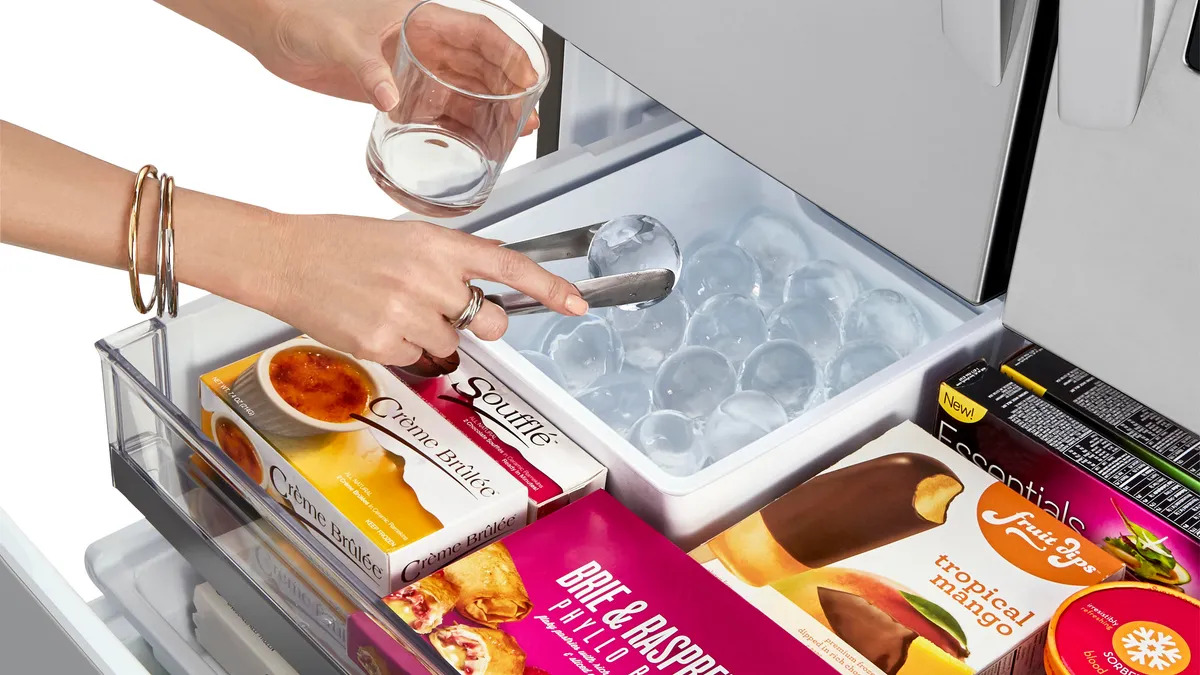

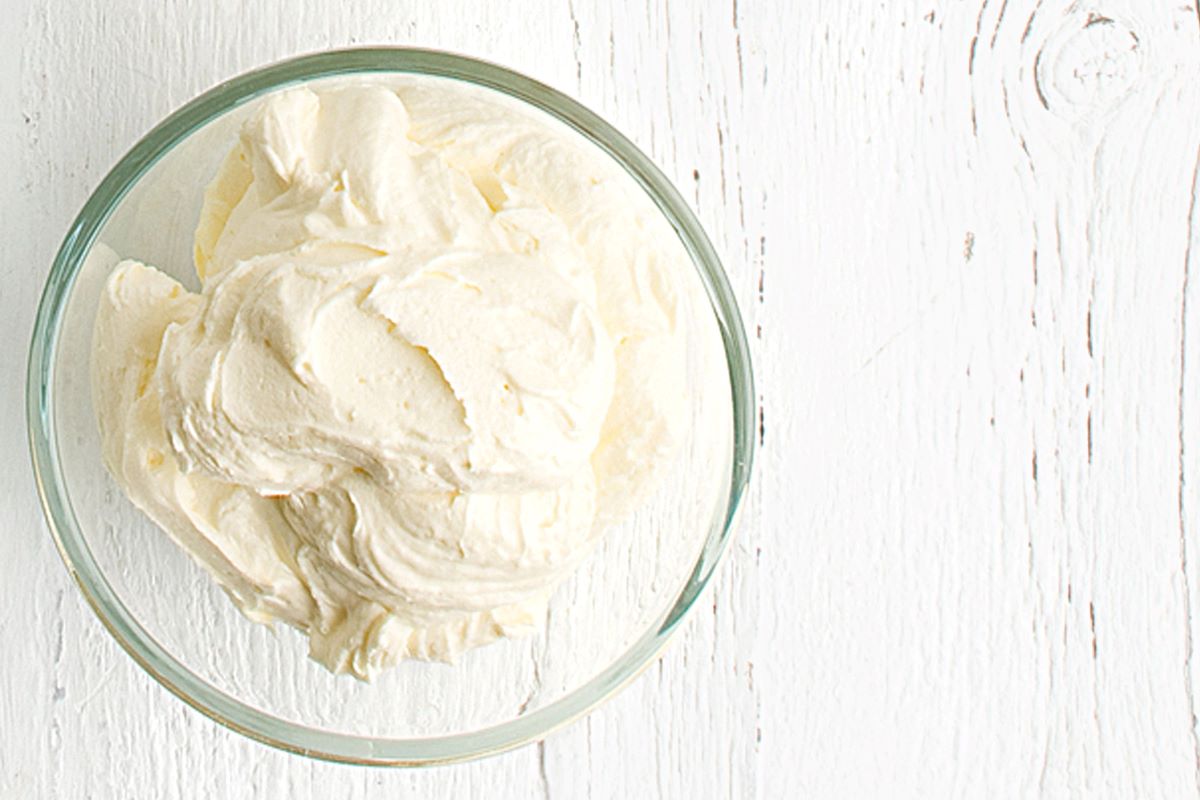



0 thoughts on “How To Store Ice Skates”